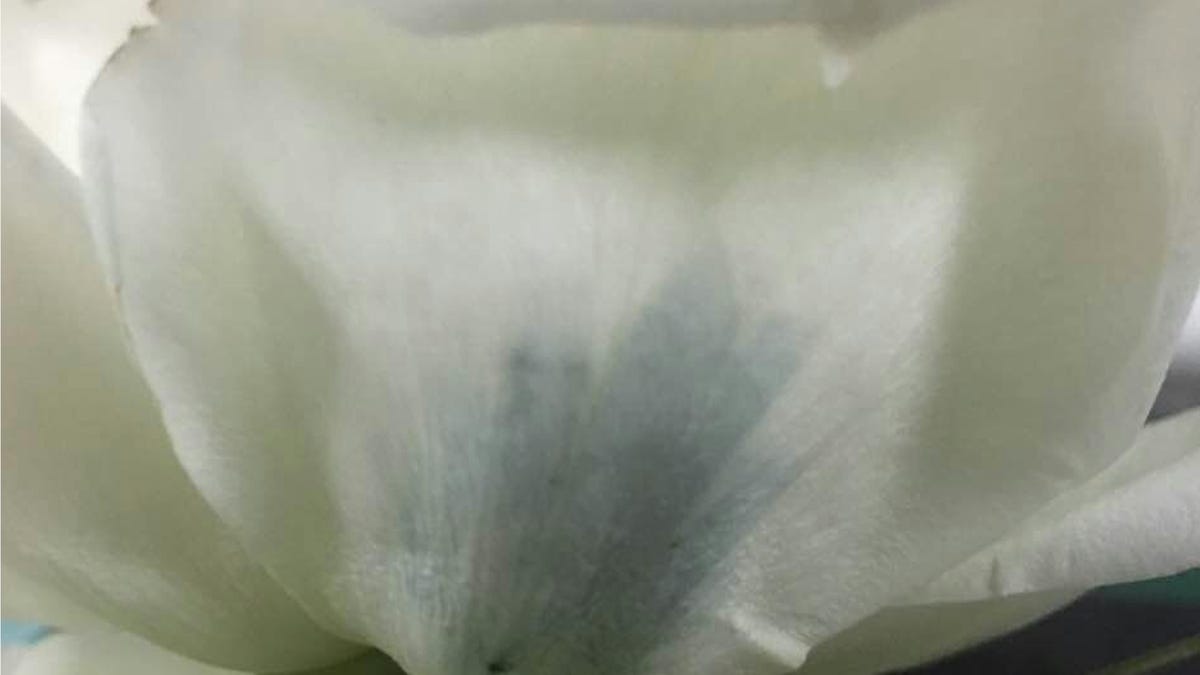Scientists say they've created world's first engineered blue rose
Take time to stop and smell the blue roses.
Roses in nature come in a lovely variety of colors, including white, pink, yellow and red, but they don't come in blue. A team of scientists now say they've produced "the world's first engineered blue rose."
Researchers from Tianjin University and the Chinese Academy of Sciences led the creation of the fetching flower.
"The researchers chose two bacterial enzymes that together can convert L-glutamine, a common constituent of rose petals, into the blue pigment indigoidine," the American Chemical Society said in a Wednesday release on the blue rose research.
The scientists injected the engineered bacteria containing the pigment-producing genes into the petal of a white rose, causing a blue hue to radiate from the point of injection. The team published its results in the ACS Synthetic Biology journal.
There may be some arguments about this blue rose. Researchers with the Suntory Global Innovation Center in Japan laid claim to the first genetically engineered blue rose in 2004.
The biggest issue with Suntory's rose, marketed under the name Applause, is that it appears to be a lilac or mauve color, rather than a true blue.
The new blue rose is far from being commercially ready. The color doesn't last long and it doesn't infuse the entire petal. The American Chemical Society says the researchers want to engineer roses that produce the enzymes themselves and don't require injections.
So don't go digging a hole in your garden for your new blue rose bush just yet. You'll have to settle for other colors for now.


